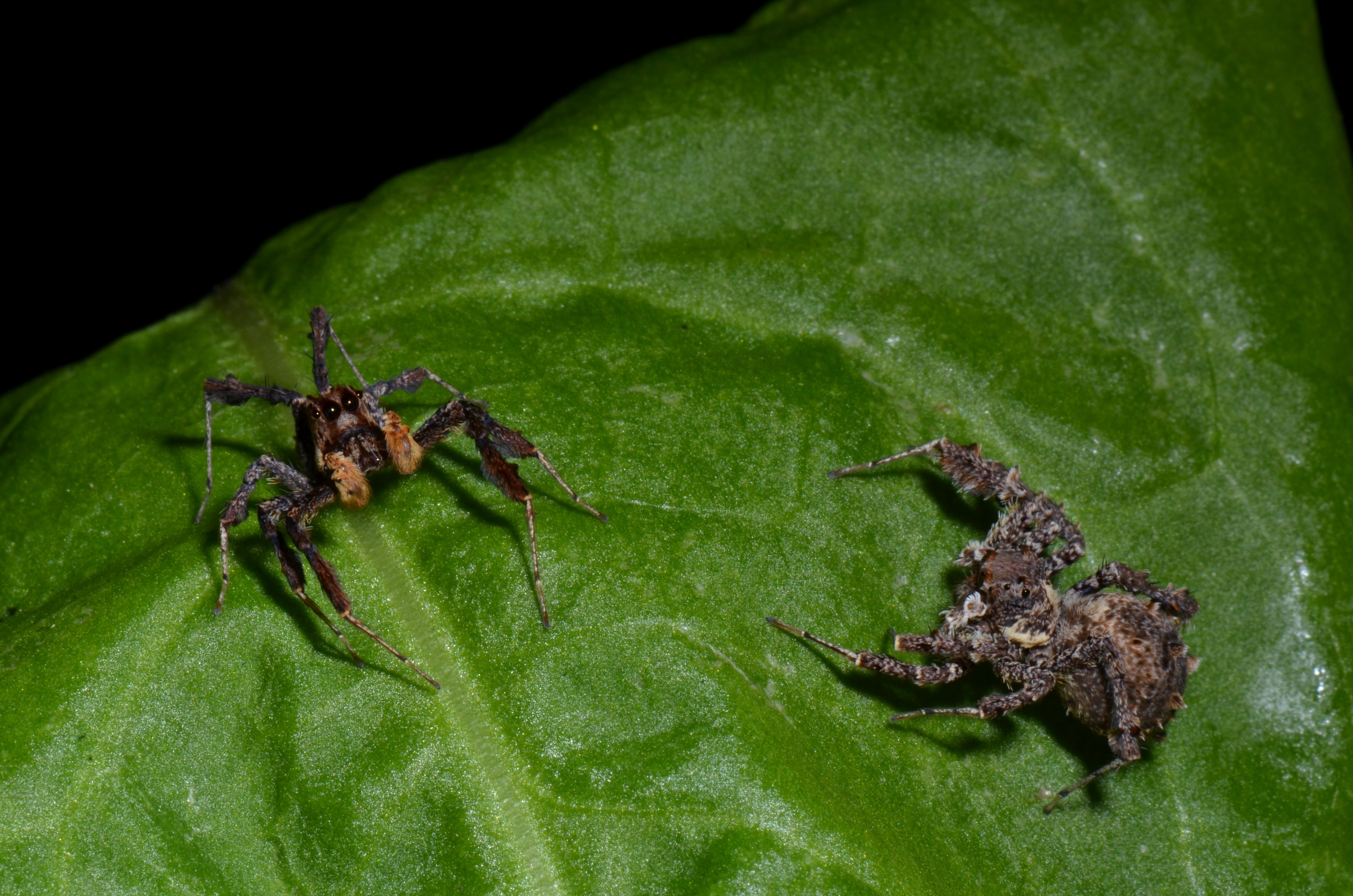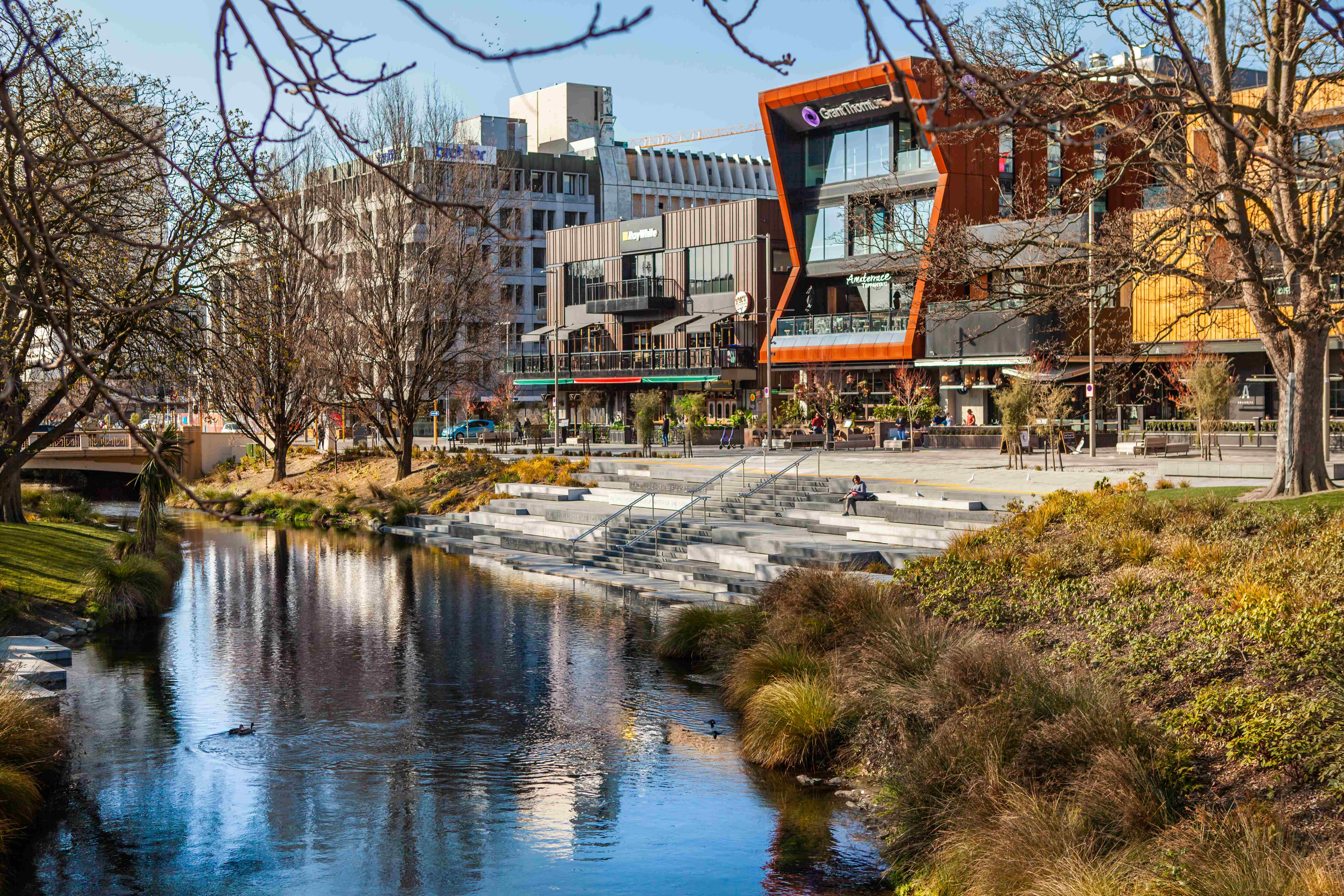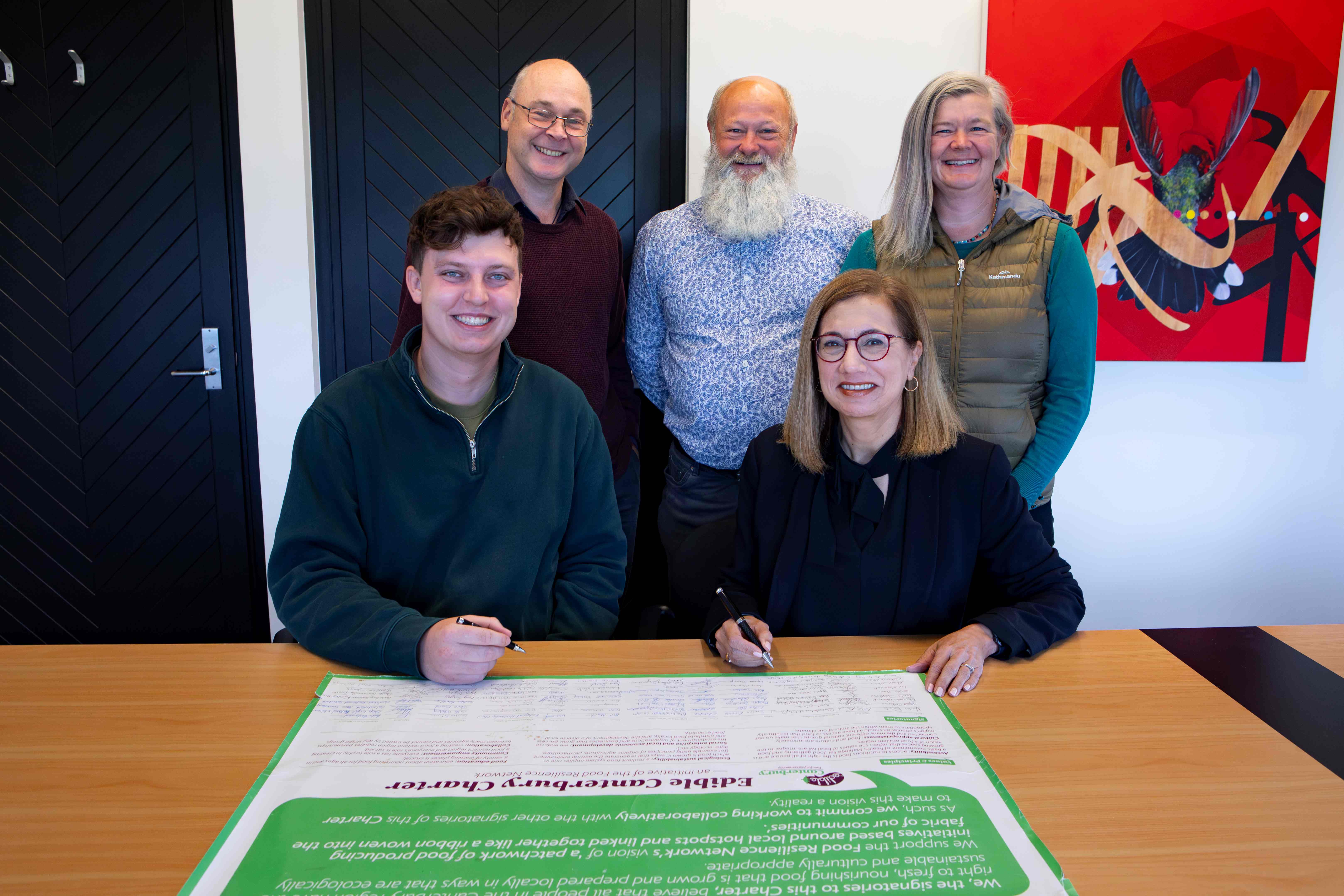Students and researchers set out on Sunday 8 October, armed with nets, trowels, jars, and phones to record as many different species as possible. Small teams focused on specific areas of the research station, including the forest, bog, and grassland, or on specific taxa groups, such as invertebrates, fungi, or plants. Under a blue sky, UC students scoured the landscape, finding an astounding variety of lifeforms.
Trees, lichens, mosses, fungi, slime moulds, insects and spiders were either ‘collected’ in the field through photographs, and recordings of bird songs, or taken into the lab where small specimens were put under microscopes to be painstakingly identified. Highlights included the discovery of giant springtails, and video of an ‘adorable’ tardigrade (water bear).
Armed with identification guides and vast knowledge of the biota of Aotearoa, 40 UC students and staff “counted leg hairs, peered at spores, and debated the identity of each organism under scrutiny, UC microbial ecologist Professor Ian Dickie says.
“They were so engrossed in their work, they had to be ordered to take a break mid-afternoon for tea and biscuits, during which they eagerly talked about what they’d seen.”
By day’s end, the group had added 579 individual observations and 260 different species to iNaturalist, bringing the total number of species recorded for the field station to 596, and observations to 2558.
Not all species were welcome observations, however. Cass is under constant threat from invasive plants such as broom, gorse, wilding pines, willows, and animals. Feral pigs have become a problem, ripping up soil under forests and grasslands and wallowing in previously pristine mountain springs.
Documenting biodiversity is critically important to conservation and to understanding the threats that indigenous ecosystems face from climate change and invasive species. By recording their presence and their impact on indigenous species, UC’s Bioblitz participants are helping to understand and better manage these problematic species.
The Cass mini Bioblitz was Professor Dickie’s brainchild. “The idea started a few weeks earlier when I saw a gorgeous little hedgehog mushroom,” he says.
“I put it on iNaturalist and it turned out to be a new species for the Cass iNaturalist project, taking us to 458 unique species. Then a few days later a Freshwater Ecology student recorded a new species of plant, which took the total species to 459. At that point, 500 became a goal too tantalising to resist.”
The observation goal of reaching 500 species was important, but just as significant was bringing biology students and researchers together while exploring Cass research station’s ecology, he says.
“Most of the iNaturalist observations are of plants, which are relatively easy to photograph and identify. Having these observations recorded is super helpful for future researchers looking for particular species, however, we also recorded a wide range of insects and other animals, fungi, and slime moulds, which is a more specialised contribution,” Professor Dickie says.
“Tramping around the field is fun, but much of the work happened at the microscope where a few dedicated participants counted hairs on insect legs and measured the finest details of leaves to identify tricky species. That detailed work has its own quiet joy and excitement with the possibility of finding new species.”
Students also enjoyed conducting field work together. “I had such an amazing time exploring the bush, finding cool slime moulds and orchids, and learning from very knowledgeable and kind people,” Tupelo Hostetler says.
“Cass is such a beautiful place to come to. I had the best time finding a range of organisms with the best group of people,” UC doctoral student Emma Godfrey says.
UC’s Cass Mountain Research Area
The Cass Mountain Research Area (CMRA) is 1775ha of eastern South Island mountain land in the Cass River basin, North Canterbury. Sometimes called Cass Field Station or Cass Scientific Reserve, the research area is located on land given to the University of Canterbury (then Canterbury College) by the Provincial Government as an endowment, over 150 years ago. The main purpose of the CMRA is to provide research and learning opportunities for UC staff and students.
* A Bioblitz is a biological inventory or census, which aims to get an overall count of the plants, animals, fungi, and other organisms that live in a certain place.











